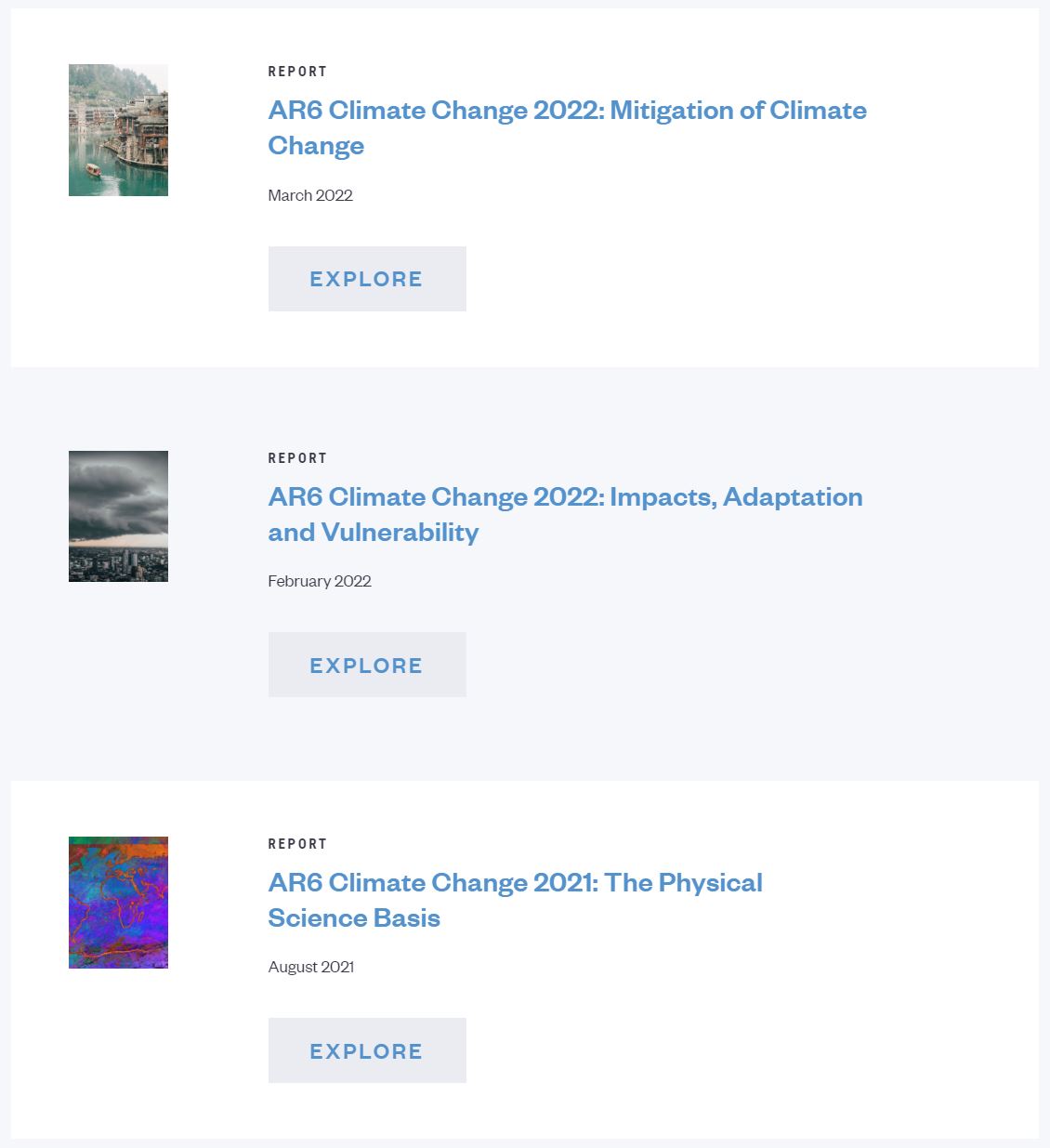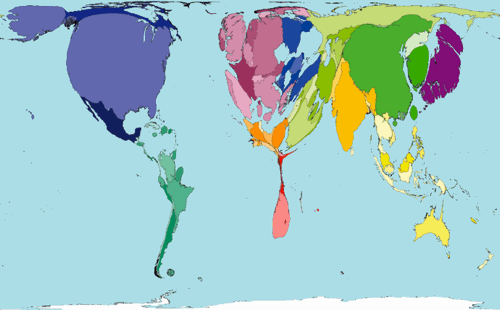64 History of the UNFCCC and Kyoto Protocol
The political process to tackle climate change began one year after the United Nations (UN) succeeded in forging the Montreal Protocol that imposed a gradual phase-out of CFCs responsible for the ozone hole.
- 1988: The UN asked for a high-level scientific assessment and the IPCC established (Intergovernmental Panel on Climate Change) was established
- 1988: The UN General Assembly takes up climate change
- 1990: The IPCC First Assessment Report is published; it acknowledges human influence in climatic changes;
- 1990: Negotiations were opened on the framework convention
- May 1992: The United Nations Framework Convention on Climate Change (UNFCCC) is adopted in New York
- June 1992: The UNFCCC is opened for signature at the Earth Summit in Rio de Janeiro
- March 1994: The UNFCCC comes into force (50 ratifications)
- 1995: Start of Conferences of the Parties (Annual COP)
- 1995: The IPCC Second Assessment Report is published
- 1997: The Kyoto Protocol is created
- 2001: The IPCC Third Assessment Report is published
- 2005: The Kyoto Protocol becomes binding as Russia ratified the protocol
- 2007: The IPCC Fourth Assessment Report is published
- 2007: The IPCC and Al Gore receive the Peace Nobel Prize
- 2014: The IPCC Fifth Assessment Report is published
- 2015: The Paris Agreement is adopted
If you are interested, check out the IPCC website(link is external) and browse the full reports of the three distinct working groups. Also, check out how the process works to participate in the 6th Assessment report.

Self-check
The map below shows the size of individual countries proportional to their carbon emissions in 2000.

Locate reliable sources to provide total carbon numbers and per capita carbon emissions for the following 10 countries: United States, Australia, China, India, Qatar, Russia, Canada, Ghana, Bangladesh, and Peru. Then construct a paragraph discussing the implications of these differential contributions and explain your point of view regarding a fair climate treaty.
Note that this was the case in 2000. Check out the updated Carbon Dioxide Emission map in 2015(link is external) to see what have changed.

